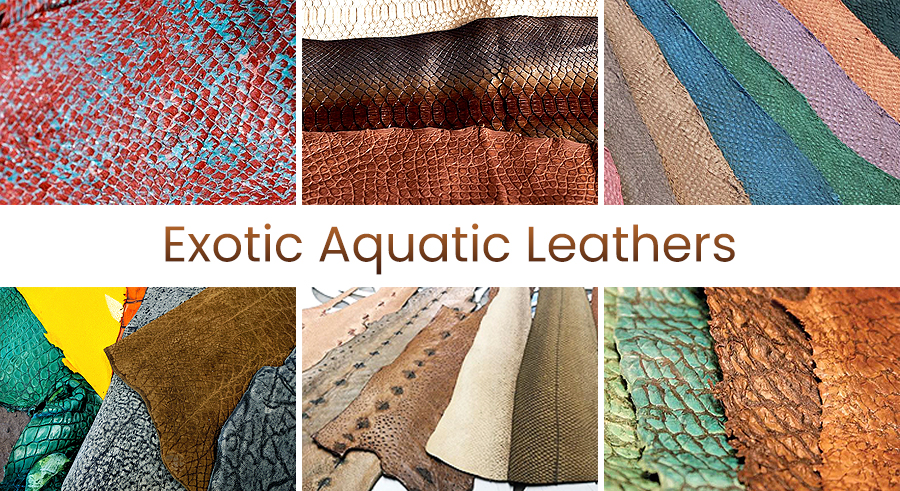The earliest references to Leather – over 500,000 years ago – are found in the Hebrew Bible and Talmud. Leather was initially used as safeguard against weather conditions. Over time, Leather was slowly replaced by other resources as a source for garments. Leather constantly surrounded the day-to-day life of early Homo Sapiens. Leather was used primarily for sandals, helmets, shields, utensils, mats, and even skins for transporting water. Leatherhas always been used by men for protection, comfort, utility, fashion, warmth and even luxury or status symbol.

The Indian love affair with this resourceful material dates back almost five thousand years. The First documented evidence of Leather appears in the Hindu scriptures of the Vedas. The Rig-Veda has documented the use of Leather ‘Mashaks’ or sacks as early as 3000 B.C. Straps and bands were manufactured with Leather and bags, sails were also made of the same material. Legendry explorer Marco-polo also pens his testimony of the Leather manufacturing industry in the 1800s. In his accounts, he mentions that “The curing of hides and the manufacture of Leather were two of the most important of Indian industries.”

Indian exports of premium finished Leather goods started circa 1880. Currently, according to the Global Online Survey data, the propensity of millennials to purchase Leather goods through online platforms was almost twice that of Generation-X in 2018-19. The increasing working population and the rising disposable income have also driven market demand. Total Leather and Leather products export from India stood at US$ 5.07 billion in 2019-20. During April 2019 to March 2020, the major markets for Indian Leather products were US, Germany, UK, Italy, and France. During April 2020 to March 2021, products exported include Leather footwear component (US$ 197.59 million), Leather garments (US$ 295.56 million), and Leather goods (US$ 944.31 million).
At Walletsplus, we have ensured to carry on the millennium old tradition of manufacturing impeccable finished Leather goods. International private labels and brands can vouch for our uncompromising quality and delivery commitments. Being ISO 9001, 45001 and SEDEX accredited, we offer end-to-end production and export solution to our esteemed clients.











